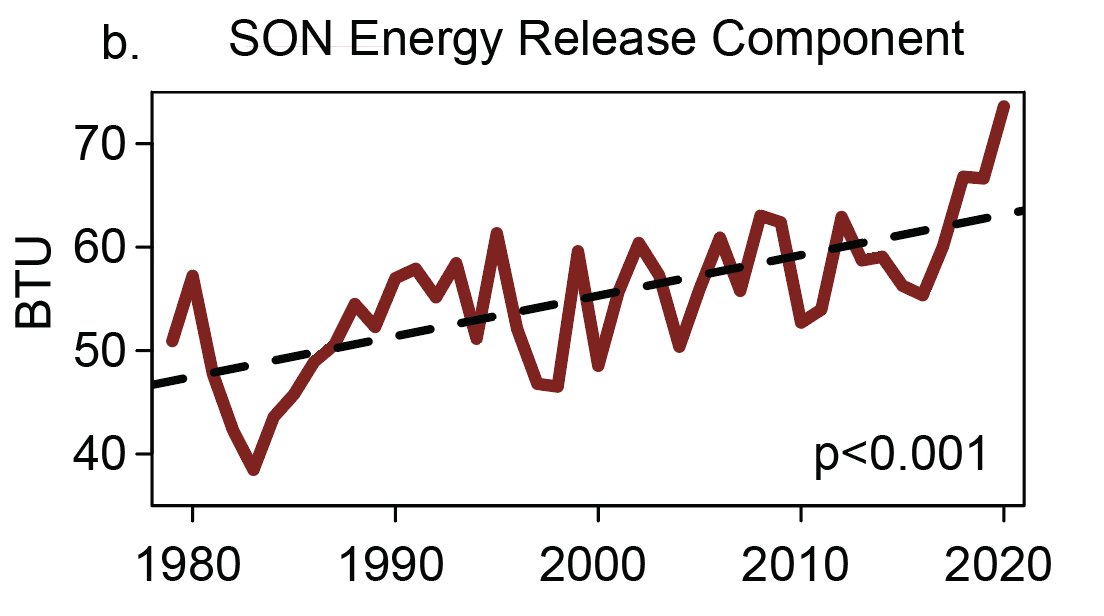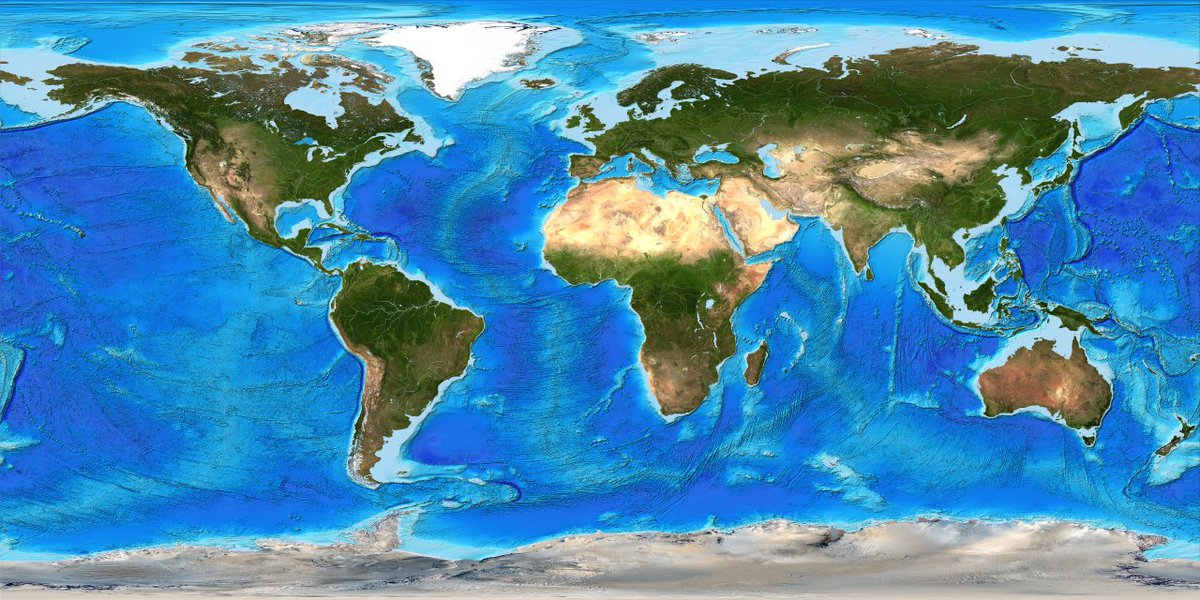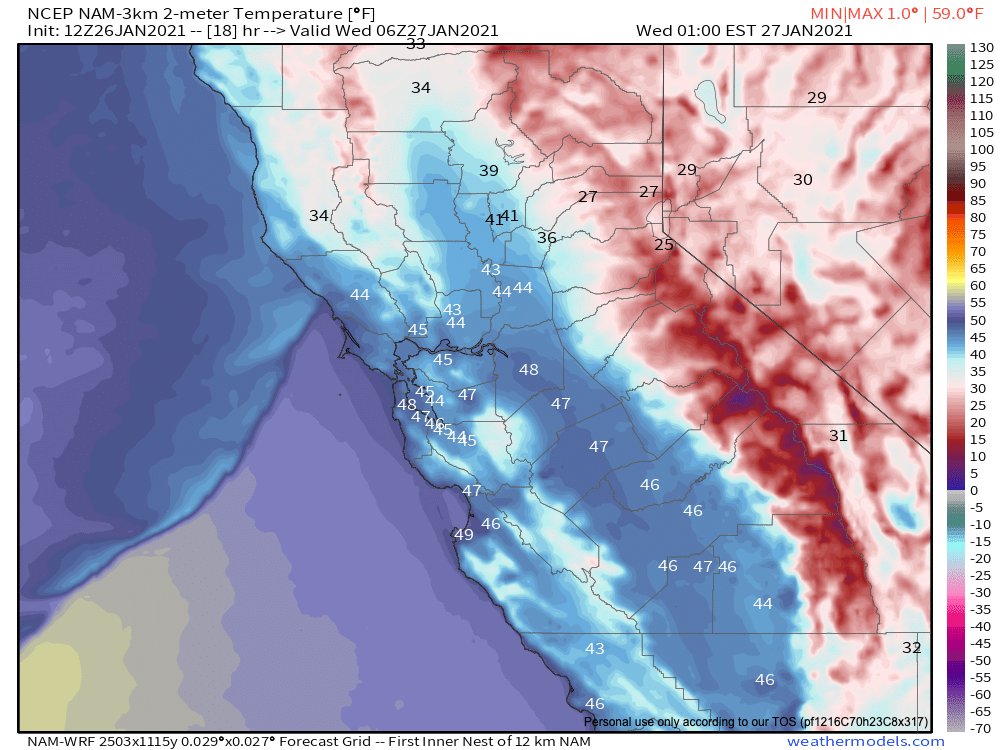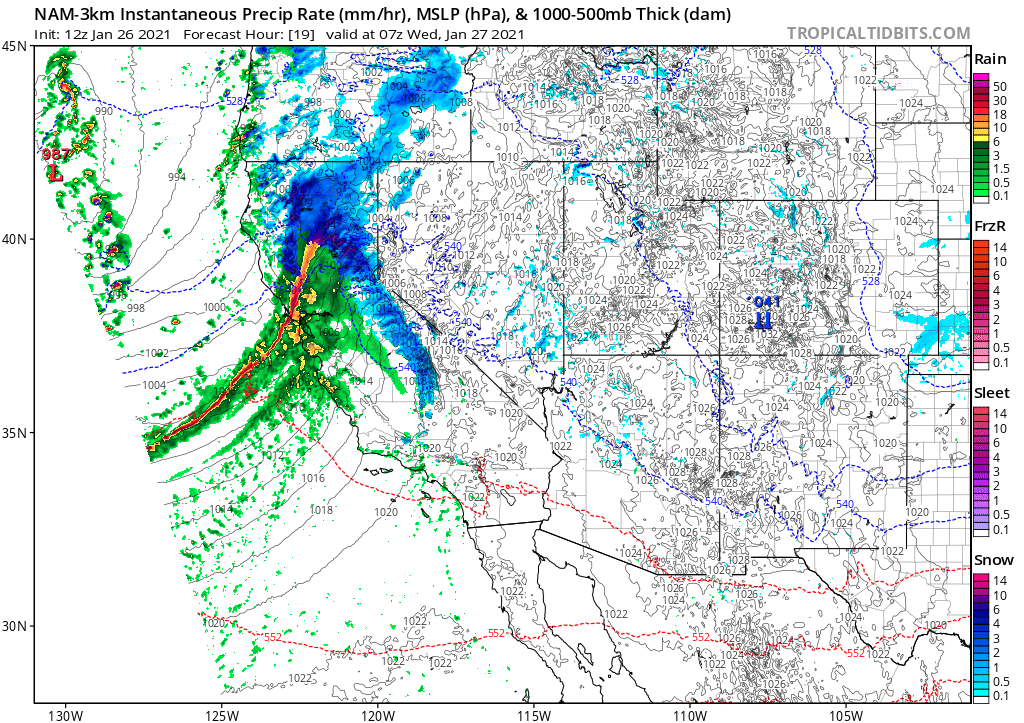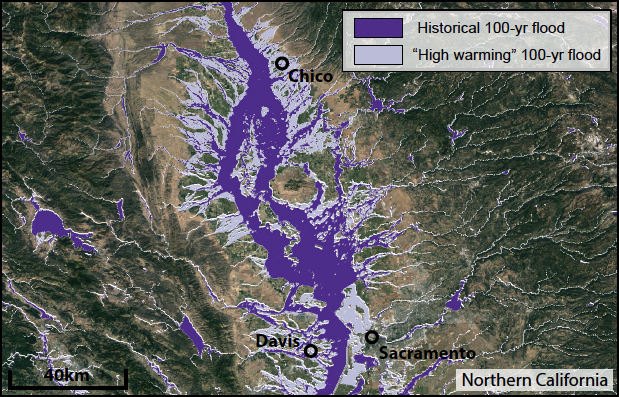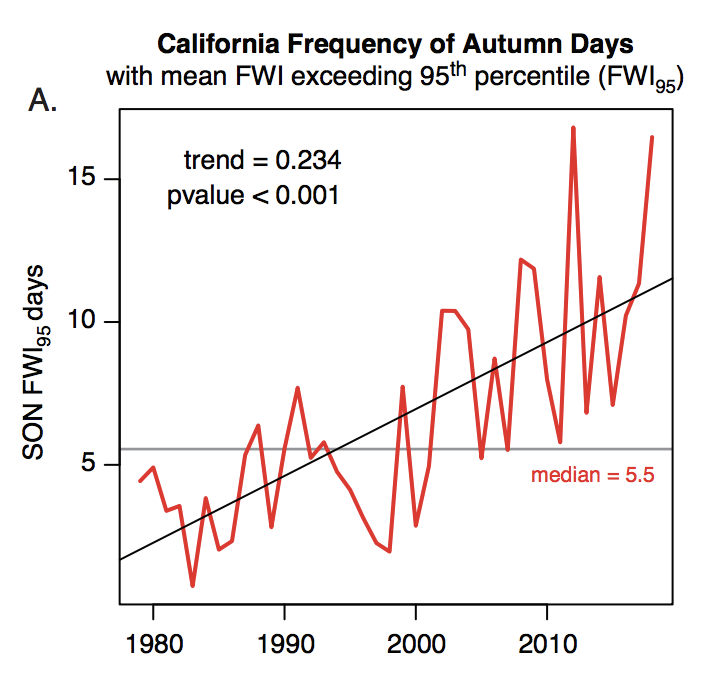
@MichaelWWara @jtemple As I've been emphasizing recently, the *predictable* aspects of Fire Season 2021 (soil moisture/vegetation dryness) are as bad or worse as any observed historically. The level of landscape flammability--especially in denser brush & forests--is genuinely scary. BUT... (1/2)
@MichaelWWara @jtemple ...A big part of what makes certain fire seasons exceptionally severe (from lives lost, homes burned, & ecosystems damaged perspective) has substantial random component. Do ignitions primarily occur during extreme fire wx? Do we see many heatwaves/wind/dry lightning events? (2/3)
@MichaelWWara @jtemple Latter aspects are largely not predictable in advance (except perhaps frequency of heatwaves--which are indeed expected to be elevated). In 2020, we were very unlucky w/all the unpredictable elements. I hope we won't be in 2021...but that's not a good management plan! (3/3)
@MichaelWWara @jtemple TL;DR version: I fully expect 2021 to be a very severe fire season in CA due to extraordinary level of vegetation dryness & overall drought. But 2020 was such an extreme outlier in CA that we shouldn't necessary expect 2021 to exceed it...despite even worse preconditions. #CAfire
• • •
Missing some Tweet in this thread? You can try to
force a refresh



